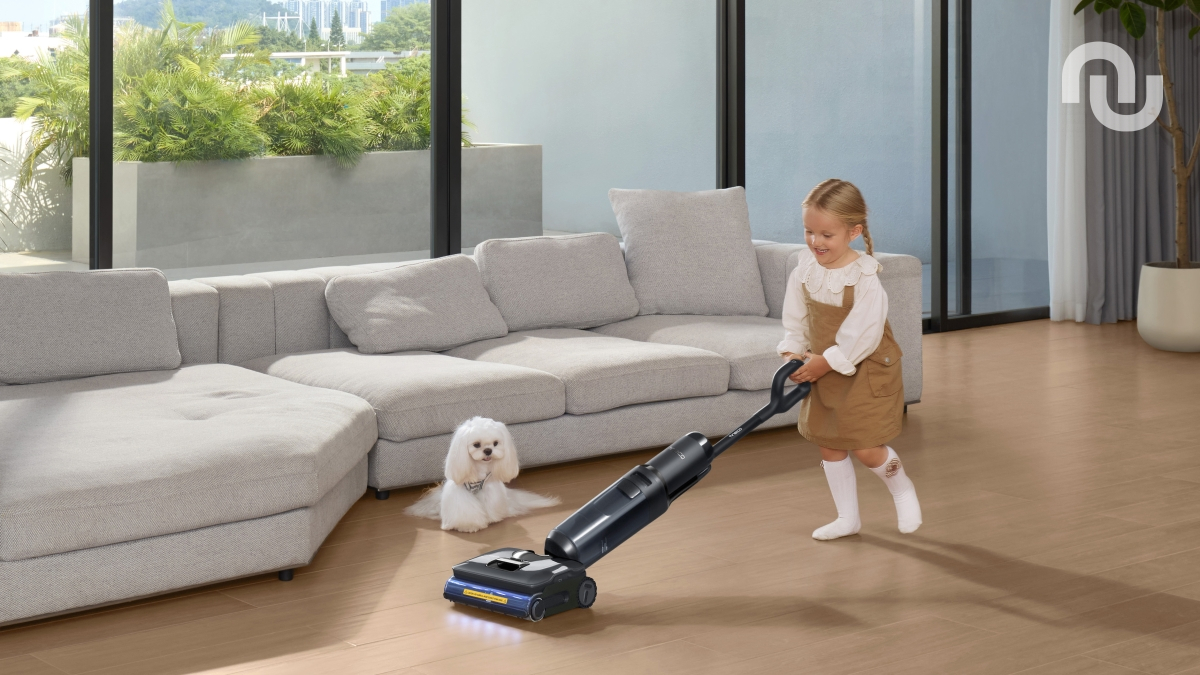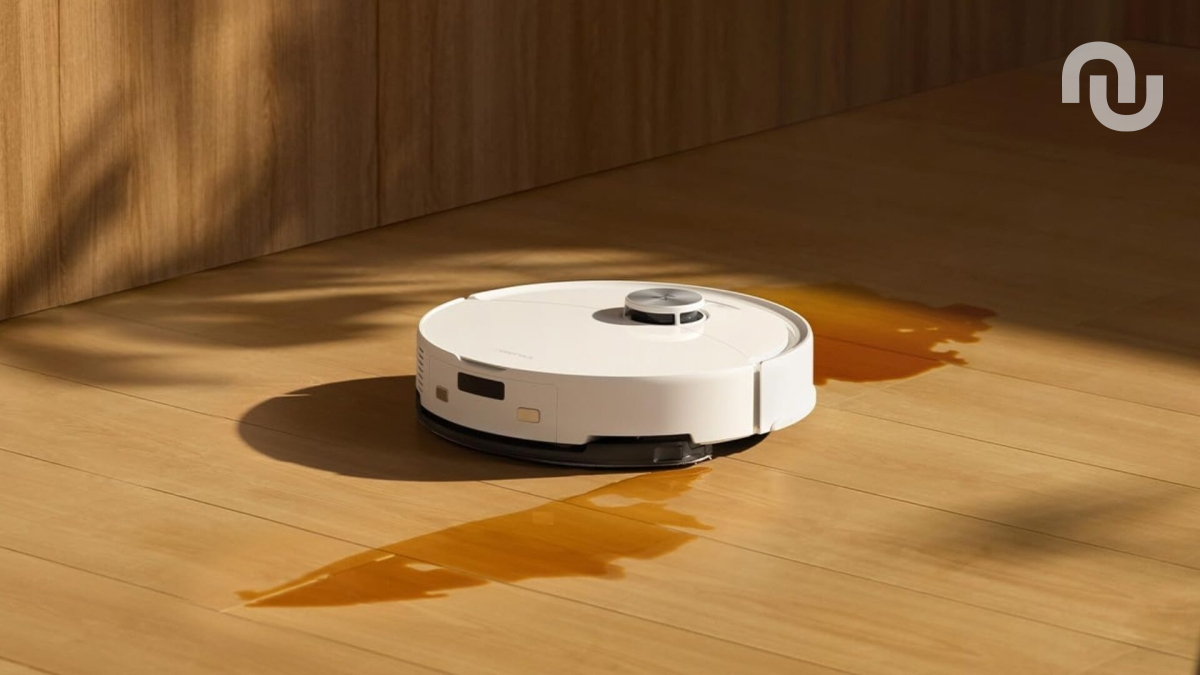The food delivery robots that arrived in Atlanta in June "are not our friends," argues a headline at CNN.
The four-wheeled Serve Robotics machines "get confused at crosswalks. They move with the speed and caution of a first-time driver, stilted and shy, until they suddenly speed up without warning. Their four wheels look like they were made for off-roading, but they still get stuck in the cracks of craggy sidewalks. Most times I see the bots, they aren't moving at all... "
Cyclists swerve to avoid them like any other obstacle in the road. Patrons of Shake Shack (a national partner of Serve) weave around the mess of robots parked in front of the restaurant to make their way inside and place orders on iPads... The dawn of everyday, "friendly" robots may be here, but they haven't proven themselves useful — or trustworthy — yet. "People think they are your friends, but they're actually cameras and microphones of corporations," said Joanna Bryson, a longtime AI scholar and professor of ethics and technology at the Hertie School in Berlin. "You're right to be nervous..."
When robots show up in a city, it's often not because the residents of said city actively wanted them there or had a say in their arrival said Edward Ongweso Jr. [a researcher at the Security in Context initiative, a tech journalist and self-proclaimed "decelerationist" urging a slower rollout for Silicon Valley tech pioneers and civic leaders embracing untested and unregulated technology]... "They're being rolled out without any sort of input from people, and as a result, in ways that are annoying and inconvenient," Ongweso Jr. said. "I suspect that people would feel a lot differently if they had a choice ... 'what kind of robots are we interested in rolling out in our homes, in our workplaces, on our college campuses or in our communities?'"
Delivery robots aren't unique to Atlanta. AI-driven companies including Avride and Coco Robotics have sent fleets of delivery robots to big cities like Chicago, Dallas and Jersey City, as well as sleepy college towns... "They're popping up everywhere," Ongweso Jr. continued, "because there's sort of a realization that you have to convince people to view them as inevitable. The way to do that is to just push it into as many places as possible, and have these spectacle demonstrations, get some friendly coverage, try to figure out the ways in which you're selling this as the only alternative.... If you humanize it, you're more willing to entertain it and rationalize it being in your area — 'That's just Jeffrey,' or whatever they name it — instead of seeing it for what it is, which is a bunch of investors privately encroaching on a community or workplace," Ongweso Jr. said. "It's not the future. It's a business model."
Serve Robotics CEO Ali Kashani told CNN their goal in Atlanta was reducing traffic — and that the robots' average delivery distance there was under a mile, taking about 18 minutes per delivery.
Serve Robotics has also launched their robots in Chicago, Los Angeles, Miami, Dallas-Fort Worth and Atlanta, according to the site Robotics 247, as part of an ongoing collaboration with Uber Eats. (Although after the robots launched in Los Angeles, a man in a mobility scooter complained the slow-moving robot swerved in front of him.) And "residents of other cities have had to rescue them when they've been felled by weather," reports CNN.
CNN also spoke to Dylan Losey, an assistant professor of mechanical engineering at Virginia Tech who studies human-robot interaction, who notes that the robots' AI algorithms are "completely unregulated... We don't know if a third party has checked the hardware and software and deemed the system 'safe' — in part because what it means for these systems to be 'safe' is not fully understood or standardized." (CNN's reporter adds that "the last time I got close to a bot, to peer down at a flier someone left on top of it, it revved at me loudly. Perhaps they can sense a hater.")
But Serve's CEO says there's one crucial way robot delivery will be cheaper than humans. "You don't have to tip the robots."


Read more of this story at Slashdot.













